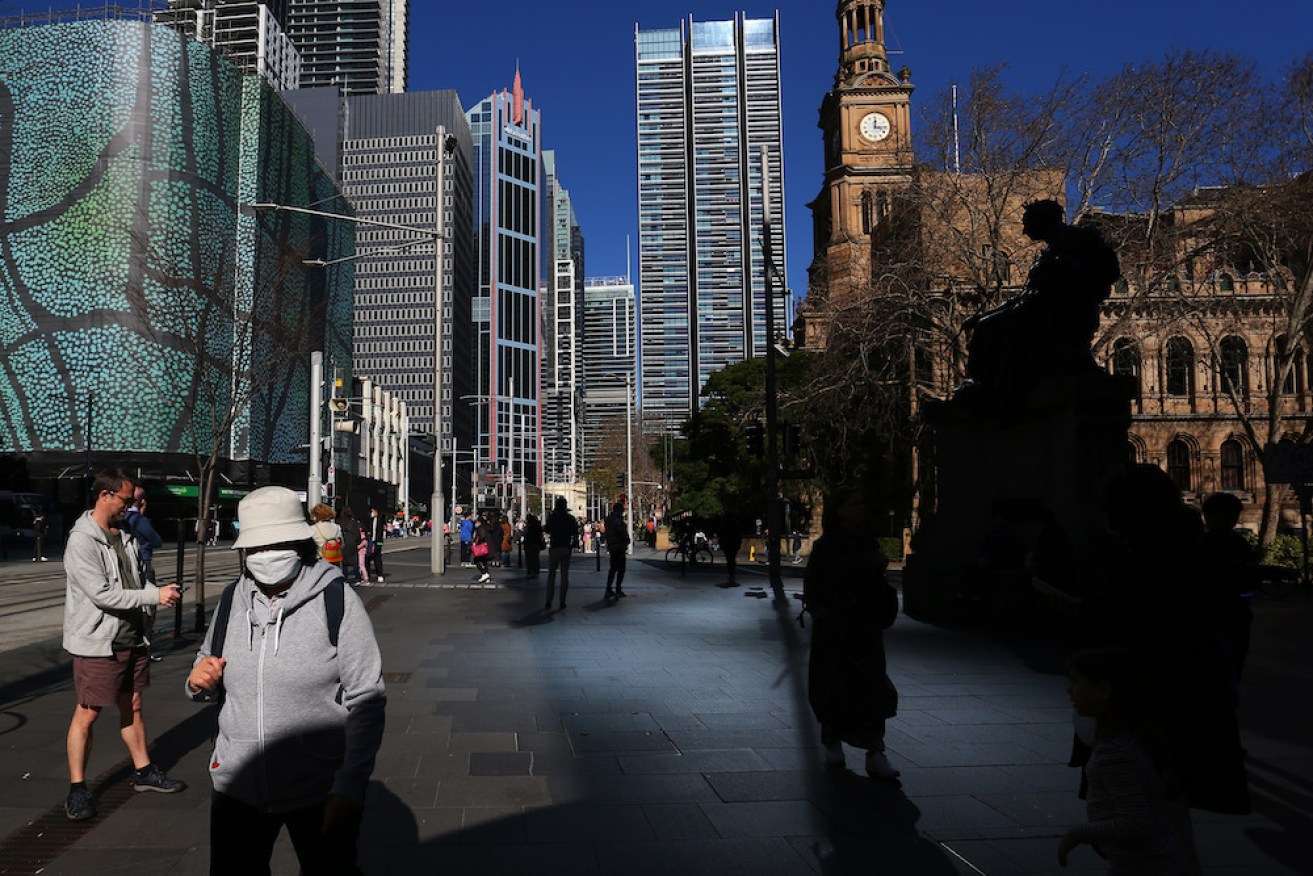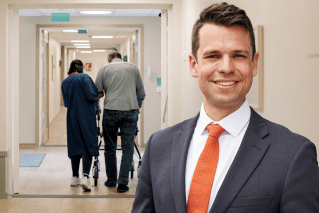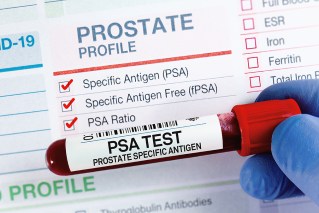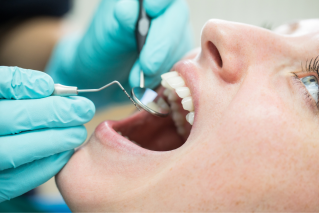Little-known respiratory illness surging in NSW


Human metapneumovirus (HMPV) cases are on the rise in NSW. Photo: Getty
Cases of a relatively new respiratory virus are spiking in NSW and while it is quite common, you’ve probably never heard of it.
The most recent NSW Respiratory Surveillance Report, detailing illnesses circulating until September 16, warned that human metapneumovirus (HMPV) “continues to increase”.
In the week ending August 27, laboratories across the state had identified 713 cases of HMPV. In the week ending September 17 it had surged to 1168 cases.
Since the start of 2023, there have been 9271 positive cases of HMPV in NSW.
In a statement to The New Daily, a NSW Health spokesperson said that only a portion of people who have a respiratory illness get tested.
“Being tested are the proportion of all people with infections who are unwell enough to seek medical attention, and the proportion of those whose doctors are concerned enough to order a test,” they said.
When someone is getting tested for COVID or influenza, testing for HMPV may not be performed in some cases, so the data available likely under-estimates HMPV activity in NSW.
There is no specific antiviral treatment or vaccine for HMPV, which is why people are urged to try and prevent the illness.
What is human metapneumovirus (HMPV)?
Human metapneumovirus is a respiratory virus which usually causes a mild infection, similar to a common cold, and it was first discovered in 2001.
“Human metapneumovirus (HMPV) is a respiratory virus that tends to be more common in late winter and spring,” a NSW Health spokesperson said.
“It usually causes a mild upper respiratory tract infection (a cold) in most people, but like many other respiratory viruses, it can sometime cause a more serious illness in young children, older adults and those with a weakened immune system.”
HMPV and other respiratory illnesses are spread when someone breathes the droplets from an infected person’s cough or sneeze, or by touching a contaminated surface.
Given how it spreads, people can reduce the risk of getting HMPV by using the same preventative measures that were prevalent during the pandemic.
The US Centre for Disease Control and Prevention (CDC) advises people to wash their hands for at least 20 seconds regularly and avoid touching eyes, nose or mouth with unwashed hands.
Like with all illnesses, it’s best practice to avoid close contact with sick people.
According to News Corp, NSW Chief Health Officer Kerry Chant urged people with any viral infection to stay at home if they can and avoid workplaces and crowded venues.
Influenza going down
Fortunately, influenza levels within the NSW community are going down, with just 1424 people testing positive in a week.
The NSW Respiratory Surveillance Report noted that influenza notifications had decreased by 8 per cent in the last week and indications of influenza activity “continue to decline”.
However, there was a small increase in Emergency Department presentations for COVID-19 in the last week.
The Australian Bureau of Statistics announced on Wednesday that COVID has emerged as one of Australia’s deadliest diseases, surpassed only by heart disease and dementia.
It’s the first time in more than 50 years that an infectious disease has been in the top five leading causes of death in Australia.
In 1970, influenza and pneumonia were the fifth leading cause of death, while heart disease has remained the leading cause since 1968.
Nearly 10,000 Australians – 9859 people – died from the virus last year and COVID contributed to a further 2782 deaths, according to ABS data.








